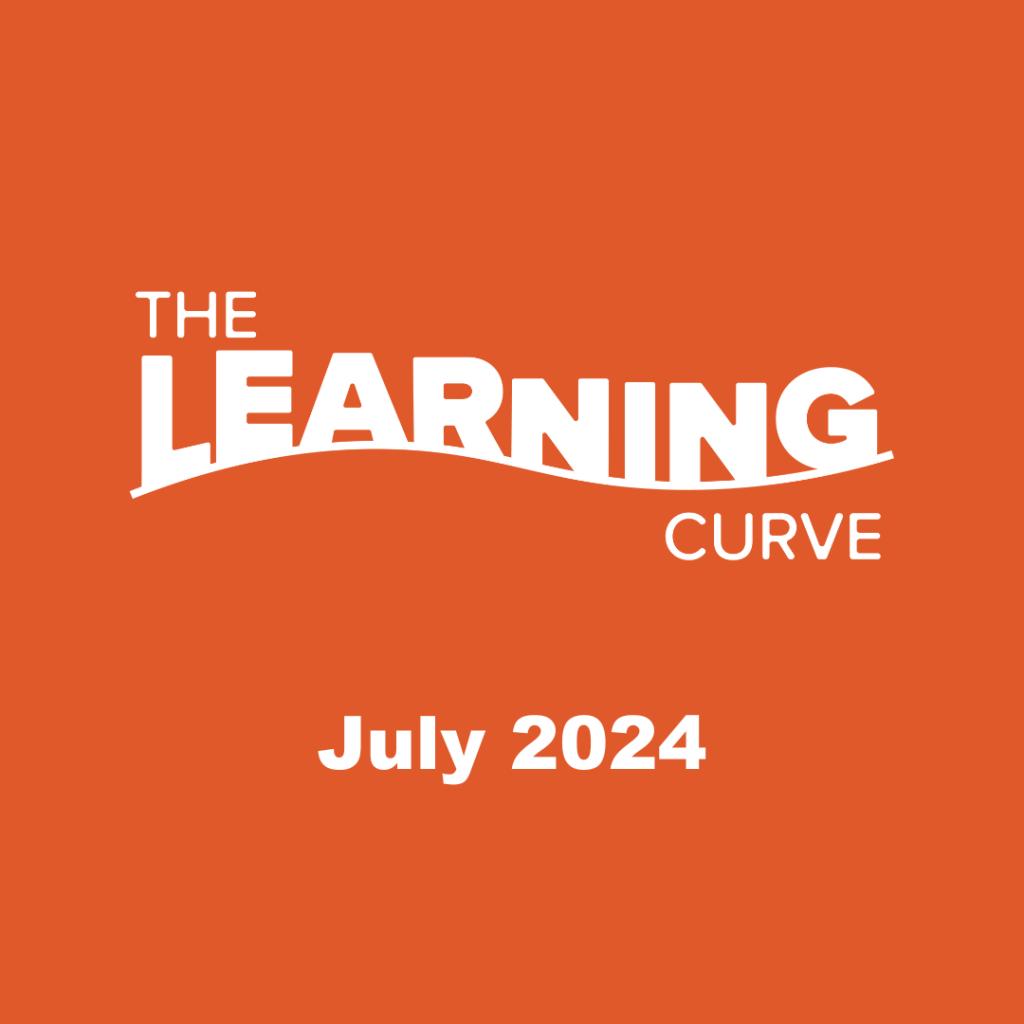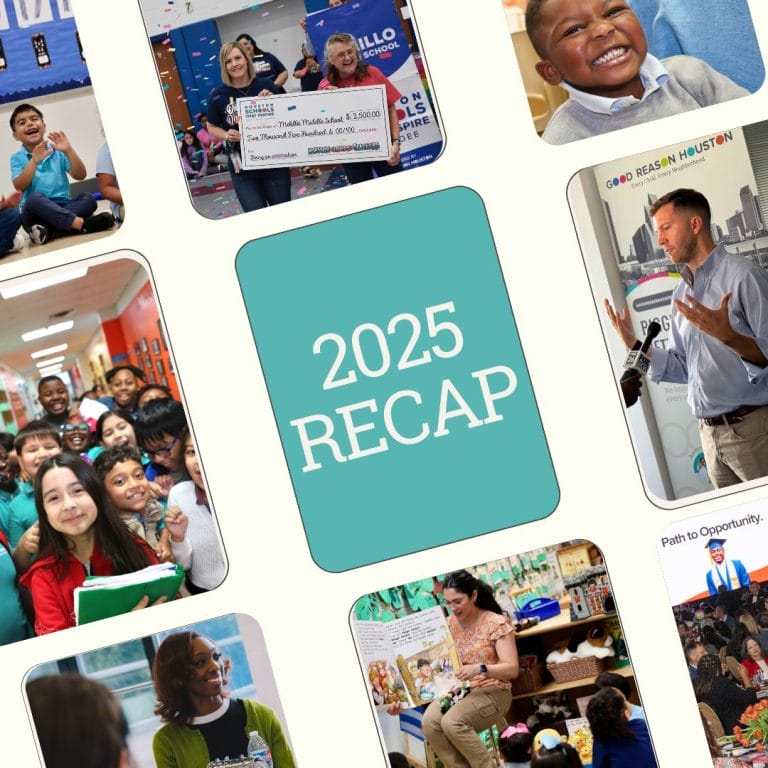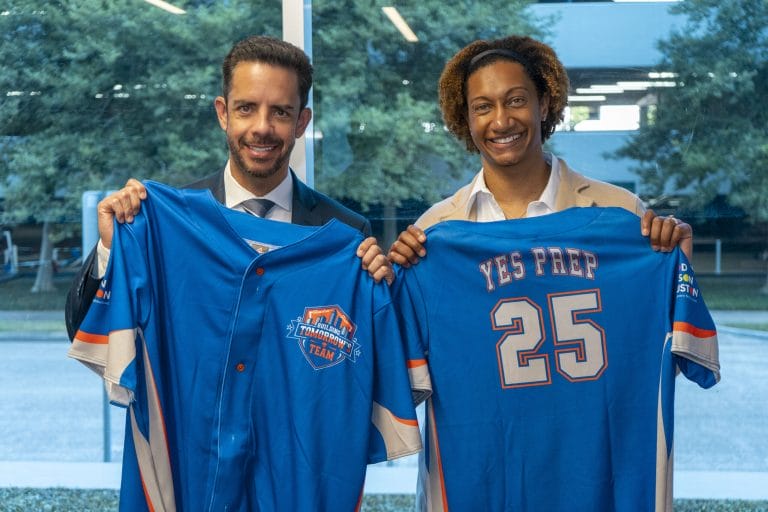Dear Partner,
We are thrilled to announce the launch of The Learning Curve, a monthly newsletter that offers you a curated selection of relevant news, trends, and analyses in Houston public education from the past month.
We hope to help you sift through the sea of information on public education available so you can focus on the most crucial happenings. Learning together will arm us all with the knowledge required to be advocates for students and families across the city – moving us further along the “learning curve” and stepping into a future where Houston is the top education city in the nation.
This month, we highlight:
- How Houston students performed on the state accountability test
- What HISD hopes to achieve with its potential bond
- Concerns around math proficiency and instruction
- Evaluating how well students are prepared for future career pathways
By now, you’ve seen three regular communications from Good Reason Houston. GOOD News gives you insight into the work of our organization, Houston ConnectEd shares a closer look at the data our team is digging into that tells us more about the state of education, and The Learning Curve offers key news stories shaping public education in Houston.
We invite you to read, engage in these critical community conversations, and spread the word by forwarding this newsletter to a friend who can sign up for future editions.
In partnership,

How Houston students preformed on the state accountability test
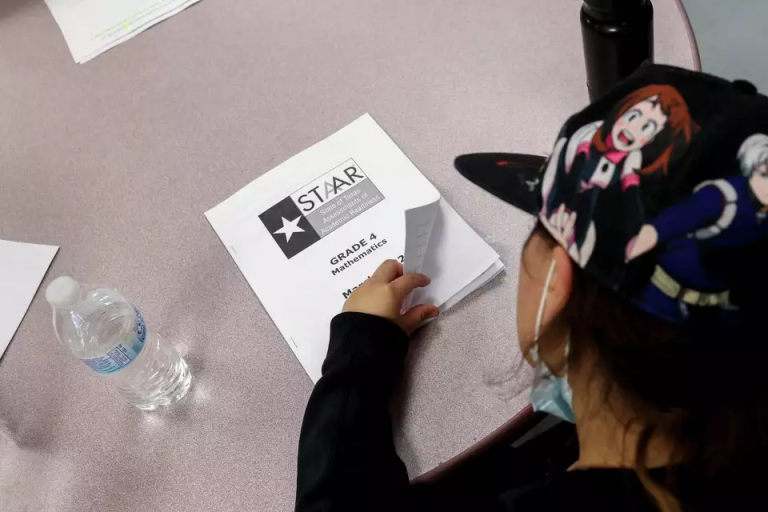
Photo by Josie Norris at San Antonio Express-News
The state recently released the results of its 2024 State of Texas Assessments of Academic Readiness (STAAR) test, showing mixed progress across the Houston region*:
- math and science have not returned to pre-pandemic levels with only 41% of students at grade level in math and 34% in science;
- reading proficiency levels remain flat at 52%;
- English II for high schoolers show notable gains; and
- bilingual students improved in reading and social studies, but still remain below the state average.
Commissioner Morath acknowledged progress in English II but notes math proficiency remains below pre-pandemic levels.
What it Means for Houston: As Texas’ largest district, Houston ISD’s performance carries significant regional implications. A year after the state intervention, there are promising improvements in student STAAR scores, with HISD students outperforming the state average in math and reading across nearly every grade level. These early findings suggest that the state intervention may be yielding positive outcomes in student achievement, offering valuable lessons for the region.
What it Means for Houston Students: Commissioner Morath emphasized addressing math performance statewide, calling for targeted interventions and research-based strategies. Meanwhile, Houston ISD’s New Education System schools outperformed district and state averages on STAAR tests. This success may validate the intervention, accelerate return to local control, and inspire reforms elsewhere. These developments could also influence Texas education policy, as we consider what strategies are resulting in the strongest gains.
*Good Reason Houston’s region includes 25 Independent School Districts (ISDs) and charter schools, serving over 700,000 students across 890 schools.
What HISD hopes to achieve with a potential bond

Houston ISD is proposing a $4.4 billion bond, the first for the district since 2012. This bond is aimed at addressing long-delayed infrastructure and safety needs, and expanded access to programs to prepare students for the future. The district is planning to bring forth the bond to the Board of Managers in August, which, if approved, will result in voters deciding on this substantial investment in November.
What It Means for Houston: If approved, expect more conversation, community meetings, and detailed plans from HISD. While the bond would fund renovations or rebuilds for over 34 schools, requiring some inconvenience due to temporary relocations, it represents a major potential investment in HISD’s infrastructure, impacting students, staff, and the community.
What It Means for Houston Students: HISD’s proposed bond package focuses on rebuilding or renovating elementary and middle schools, as well as consolidating others. In addition, approximately 25% of funds would be allocated to technology, career education, and pre-K expansion. The plan addresses projected enrollment declines from 216,000 students in 2016-17 to an estimated 161,000 by 2028-29, highlighting challenges in long-term facilities planning.
Concerns around math proficiency and instruction
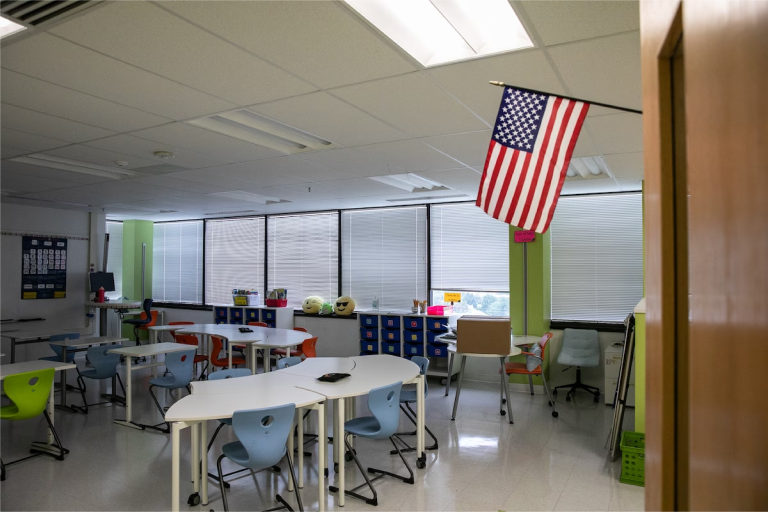
Photo by Valerie Plesch for The Washington Post
The conversation around solving low math proficiency is picking up given the recent STAAR results. While TEA attributes this to pandemic-related challenges, Texas 2036 argues the problem predates COVID-19. The 2023 international PISA test results showed that US math scores are at an all-time low. The 2022 National Assessment for Educational Progress (NAEP) scores showed that the US has seen the largest drop in 4th and 8th grade math since the program began in 1990.
What It Means for Houston: While we see some districts across our region seeing slight growth – Houston ISD saw a 3 percent increase in 3rd-8th grade students meeting performance standards, Galena Park ISD a 2 percent increase, and Aldine ISD a 1 percent increase – the majority of districts saw decreases. In fact, 194,000 students are not on grade level in math across our region. This trend suggests a need for comprehensive, long-term solutions beyond addressing pandemic learning loss.
What It Means for Houston Students: Concerns about math will likely prompt a stronger push for the adoption and effective implementation of high-quality math curricula for all students and has some education leaders rethinking the definition of high-quality instructional materials. In addition, this focus may result in (1) an emphasis on how to teach math in kindergarten, (2) exploring the impact accelerated programs can have such as automatic enrollment in honors math, (3) an increase in popularity of STEM-focused schools, and (4) more effectively engaging parents given only 10% of parents are aware that their child is performing under grade level in math
Evaluating how well students are prepared for future career pathways

A recent analysis released by Strada Education shows that Texas ranks mid-range for 10-year return on investment on degrees, with a 63% positive ROI for associate degrees. Still, there are growing concerns that students graduating today will not be prepared for jobs tomorrow. Texas 2036 recently found that 70% of Texas jobs will require postsecondary degrees, but only 22% of 8th graders achieve this within six years of high school. That number jumps only to 27% when looking at the percentage of students attaining any postsecondary credential in just the Houston region based on our own analysis.
What It Means for Houston: National debates about whether college is worth it, federal student loan forgiveness, and what it means to be successful after high school are coinciding with a reconsideration of College, Career, and Military Readiness accountability metrics in Texas and a rise in career pathways in high schools. Perspectives on PK-12 success metrics and pathways in Houston area schools are evolving as we reconsider what postsecondary success means.
What It Means for Houston Students: College readiness rates for students have remained largely unchanged since 2017, with one-third of 2022 graduates not considered College, Career, or Military Ready (CCMR). These gaps only increase when we look at students from underserved demographic groups. While many students obtain Industry-Based Certifications (IBCs) before graduation, concerns exist around alignment with actual opportunities available. For example, 46,552 students took floral design in 2021-22, but only 41 annual floral design jobs are projected in Texas for the next decade. To address these gaps, we’re seeing more organizations, employers, and districts coming together to talk about ways to more effectively collaborate. One example of this is the Texas Education Agency updating the IBC list to better match labor market demands
